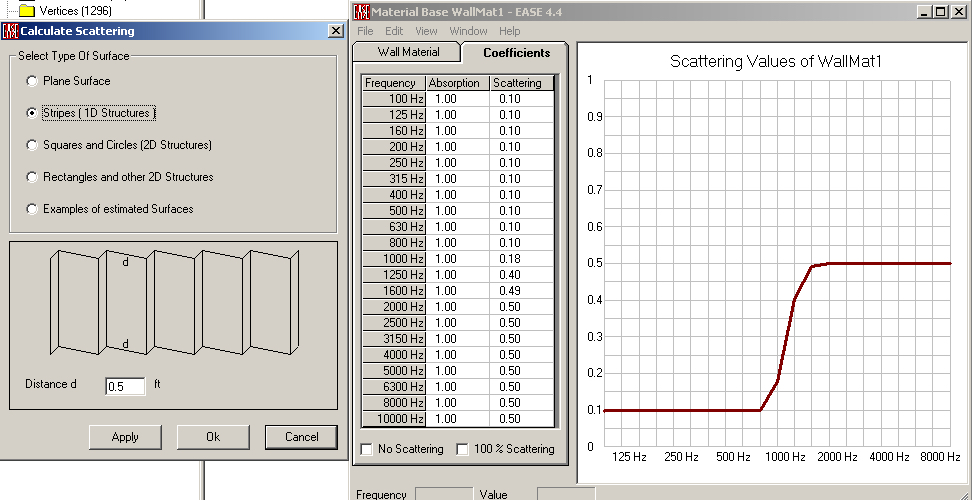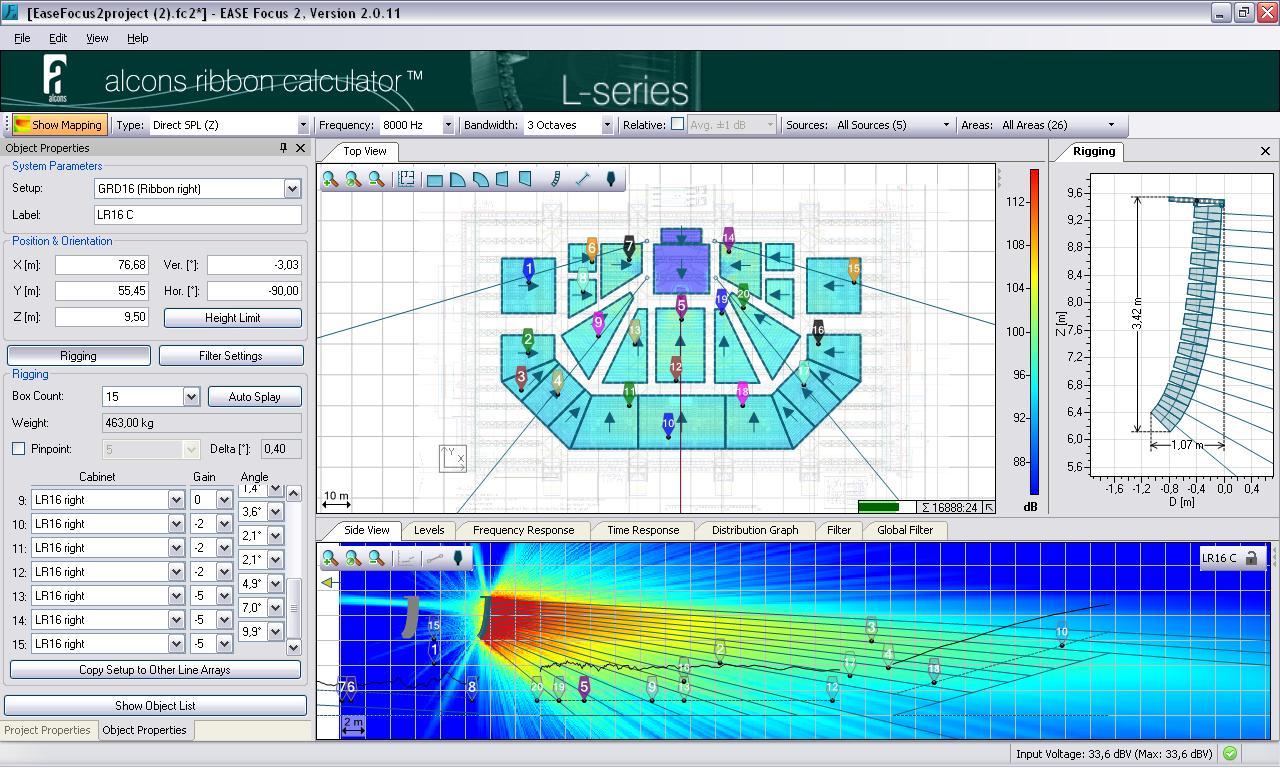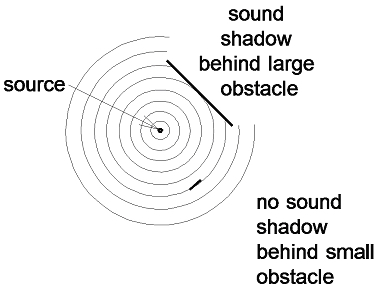

This sensor is an electronic device that will measure the distance of a target by transmitting ultrasonic sound waves, and then will convert the reflected sound into an electrical signal. Ultrasonic sensors transmit sound waves toward a target and will determine its distance by measuring the time it took for the reflected waves to return to the receiver. Our ultrasonic distance, level, and proximity sensors are commonly used with microcontroller platforms like Raspberry Pi, ARM, PIC, Arduino, Beagle Board, and more. It’s intent is to clear the transducer’s face of moisture to operate normally. Note: The Self Cleaning function is not intended to clean dirt off of the transducer’s surface. They are intended specifically for applications requiring the resistance of condensation in high moisture environments, our self-cleaning function is designed to run continuously in order for the self-cleaning feature to be active. To prevent the disruption of the ultrasonic signals coming from your sensor, it’s important to keep the face of the ultrasonic transducer clear of any obstructions.įor this particular use case, we offer our Self Cleaning sensors. When using multiple sensors in an application, it’s important to connect them in a way that will allow you to avoid issues like crosstalk or any other interference. Using Multiple Sensors & Avoiding Disruption To detect transparent and other items where optical technologies may fail, ultrasonic sensors are a reliable choice. For liquid level measurement, applications that use infrared sensors, for instance, struggle with this particular use case because of target translucence.įor presence detection, ultrasonic sensors detect objects regardless of the color, surface, or material (unless the material is very soft like wool, as it would absorb sound.) Ultrasonic sensors are a great solution for the detection of clear objects.

By calculating the travel time and the speed of sound, the distance can be calculated. It sends an ultrasonic pulse out at 40kHz which travels through the air and if there is an obstacle or object, it will bounce back to the sensor. The working principle of this module is simple. The sensor determines the distance to a target by measuring time lapses between the sending and receiving of the ultrasonic pulse. Our ultrasonic sensors, like many others, use a single transducer to send a pulse and to receive the echo. The transducer of the sensor acts as a microphone to receive and send the ultrasonic sound. Ultrasonic sensors work by sending out a sound wave at a frequency above the range of human hearing.

High-frequency sound waves reflect from boundaries to produce distinct echo patterns. This guide was created as an introduction to ultrasonic sensing, it’s principles, and how ultrasonic sensors work in your applications.Īt a top level, you need to know what an ultrasonic sensor is…Īn ultrasonic sensor is an instrument that measures the distance to an object using ultrasonic sound waves.Īn ultrasonic sensor uses a transducer to send and receive ultrasonic pulses that relay back information about an object’s proximity. Our technical support gets emails all of the time about how our sensors work and what environments our sensors work (or don’t work) in. Ultrasonic sensing is one of the best ways to sense proximity and detect levels with high reliability.


 0 kommentar(er)
0 kommentar(er)
